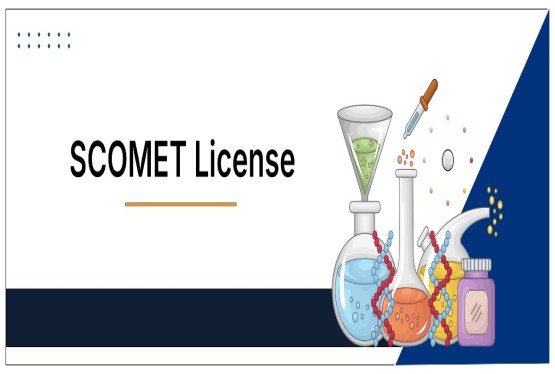Citation: CS(COMM) 26/2024
Date of Judgment: 16.01.2024
Coram: Hon’ble Mrs. Justice Sanjeev Narula
Facts
1. Parties:
-
Plaintiffs: Rupa Gujral and others, owners of the trademark “MOTI MAHAL.”
-
Defendants: Daryaganj Hospitality Pvt. Ltd. and others, allegedly infringing the Plaintiffs’ trademark rights.
2. Plaintiffs’ Claims:
-
The Plaintiffs are the registered proprietors of the trademark “MOTI MAHAL” under the Trade Marks Act, 1999.
-
Defendants are misleading the public by:
-
Displaying a photograph of the Plaintiffs’ predecessor, Kundan Lal Gujral, on their Facebook page, falsely associating it with their predecessor, Kundan Lal Jaggi.
-
Manipulating a photograph of the original “Moti Mahal” restaurant in Peshawar and displaying it on their website.
3. Defendants’ Defense:
-
The suit lacks merit and a cause of action under the Trade Marks Act, 1999.
-
The disputed photograph is not exclusively owned by the Plaintiffs, as it pertains to the shared legacy of both parties’ predecessors.
-
Despite denying liability, the Defendants offered to remove the photograph to maintain goodwill.
Issues
1. Whether the Defendants’ actions amount to trademark infringement under Section 29 of the Trade Marks Act, 1999?
2. Whether the Plaintiffs are entitled to an interim injunction against the Defendants?
Judgment and Reasoning
1. Application of Indian Trademark Laws:
-
The Plaintiffs alleged trademark infringement under Section 29(1) and (2) of the Trade Marks Act, 1999, arguing that the Defendants’ actions created a likelihood of confusion among the public regarding the association between the “MOTI MAHAL” brand and the Defendants.
-
Section 29(8) was relevant to the unauthorized use of the Plaintiffs’ predecessor’s image, which could harm the reputation of the registered trademark.
2. Interim Relief Consideration:
-
The Court observed the need for a prima facie case, balance of convenience, and irreparable harm for granting interim relief under Order XXXIX Rules 1 and 2 of the Code of Civil Procedure, 1908.
-
The Plaintiffs demonstrated ownership of the trademark and presented evidence of public confusion caused by the Defendants’ actions.
3. Defendants’ Counterargument:
-
Defendants contended that their actions did not fall within the ambit of Section 29 of the Trade Marks Act.
-
They argued that the photograph in question was jointly linked to the legacy of both parties and not exclusively owned by the Plaintiffs.
4. Voluntary Gesture by Defendants:
- While denying infringement, the Defendants voluntarily agreed to remove the disputed photograph from their website within one week. This was recorded by the Court as a measure to demonstrate goodwill.
5. Court’s Directions:
-
Notices were issued, with Defendants granted four weeks to file replies to the Plaintiffs’ claims.
-
The case was listed before the Joint Registrar on March 18, 2024, for marking exhibits and before the Court on May 29, 2024, for framing issues.
Key Legal Provisions Referenced
1. Section 29 of the Trade Marks Act, 1999:
-
Addresses infringement by unauthorized use of a registered trademark.
-
Covers acts likely to cause confusion or harm the reputation of the trademark.
2. Section 134 of the Trade Marks Act, 1999:
- Grants jurisdiction to file suits in District Courts or High Courts based on the Plaintiffs’ place of business.
3. Section 65B of the Indian Evidence Act, 1872:
- Governs admissibility of electronic evidence submitted by Plaintiffs.
4. Delhi High Court (Original Side) Rules, 2018:
- Rule 24: Details procedures for submitting electronic evidence.











































































_crop10_thumb.jpg)







_Rules,_2025_learn_crop10_thumb.jpg)




































